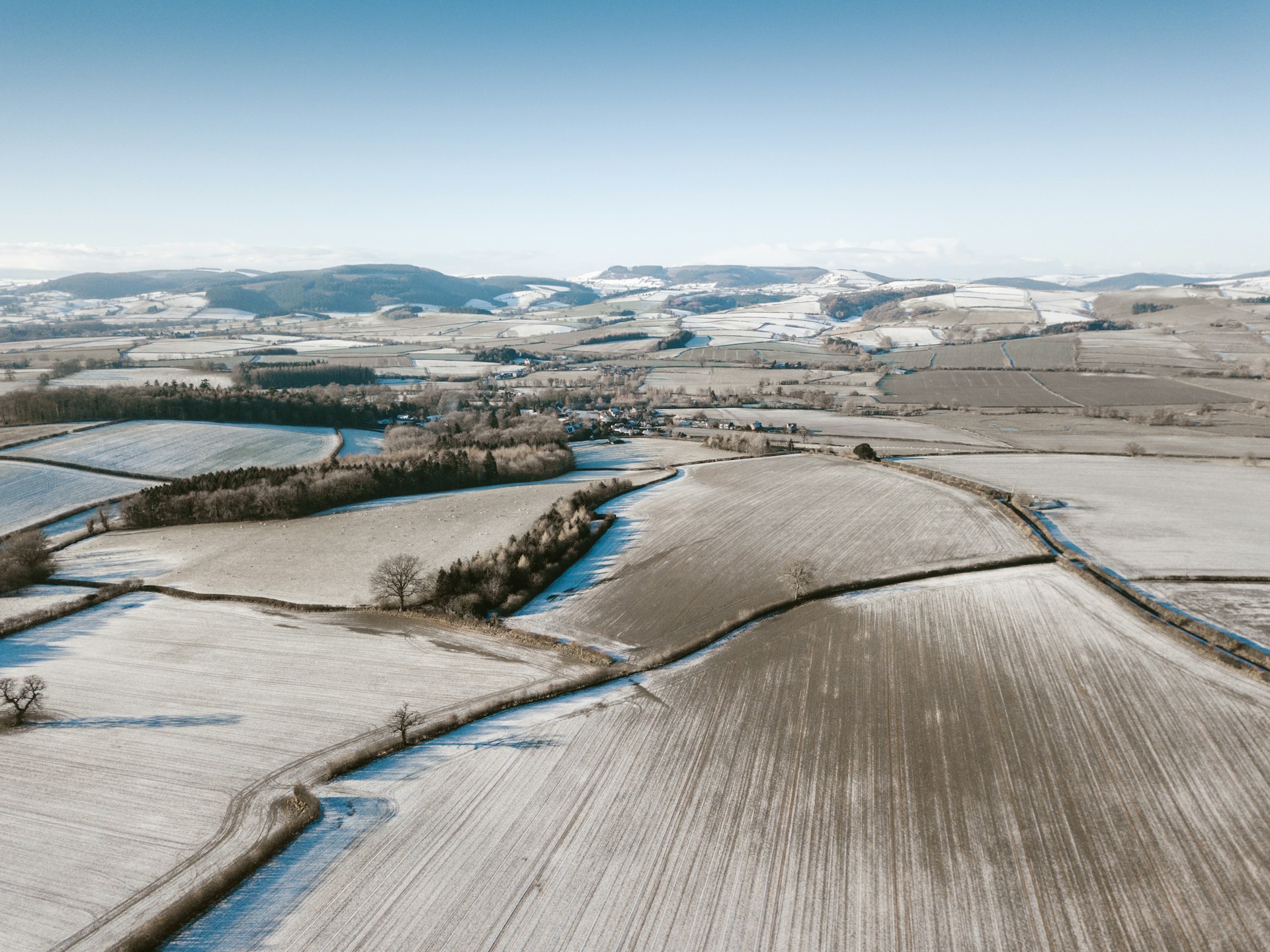When the temperature drops and winter rolls in, it’s time to give your campervan water system a little TLC to ensure it stays in good shape and functions smoothly throughout the cold months.
In this guide, I’ll walk you through the steps to winterise your campervan’s water system and keep everything safe, secure, and in working order during the colder months. Whether you’re going off-grid or want peace of mind, these steps will help you avoid freezing, costly mishaps.
1. Understand the Risks of Freezing Water Systems
When temperatures drop below freezing (0°C), any water left in exposed pipes and tanks can freeze and expand. This can cause cracks, ruptures, or leaks in your system, leading to serious headaches.
The key to winterising your system is to drain and protect the water lines and tanks from the elements.
2. Drain Your Water System Completely
The most important thing to do before the cold hits is to ensure no water is left sitting in your system. Water expands when it freezes, which can crack pipes, taps, or tanks.
Steps to Drain Your System:
- Turn Off the Water Pump: Switch off the pump to stop water flow while you work.
- Open All Taps: Release any water sitting in the system by opening sink, shower, and other taps.
- Drain the Freshwater Tank: Locate the drain valve on your underslung tank and let gravity do the work. Most tanks also have a large twist-to-open cap.
- Empty the Hot Water Tank: Drain the hot water system by opening its valve or drain plug.
- Drain the Wastewater Tank: Empty the waste tank fully by opening its valve.
Tip: After draining, turn the pump back on and run the taps briefly to flush out any remaining water. Don’t run the pump for too long without water flowing.
3. Add Antifreeze to Your System
Antifreeze can prevent freezing in your water system. Follow these steps carefully:
Steps for Adding Antifreeze:
- Use Food-Safe Antifreeze: Ensure it’s non-toxic and safe for drinking water systems.
- Flush the Pipes: Add a small amount of antifreeze to the pipes using a funnel. Pour it into taps and shower drains.
- Run the Water Pump: Turn on the pump briefly to circulate the antifreeze through the system. Open all taps to distribute it evenly.
- Check for Leaks: Inspect pipes and taps for leaks after adding antifreeze.
4. Protect the Exterior: Keep Ice and Snow Off Your Pipes
Even with insulation, snow and ice can affect your water system. Take these precautions:
- Clear Snow and Ice: Remove any buildup from under the van, especially around pipes and tanks.
- Check Drainage: Ensure drainage points aren’t blocked by snow or ice.
- Park in a Shelter: Use a garage or carport to stabilise the temperature around your van.
5. Other Winterising Tips for Your Van Water System
Protect Your Water Pump
Insulate or store external water pumps inside the van to prevent freezing. If mounted outside, wrap them in insulation or heat tape.
Regular Checks
Check your van regularly, especially during extreme cold spells. Ensure insulation remains intact and that no components are damaged.
If You Want to Keep Using the Van During Winter
- Keep the Water Moving
- Leave a small tap dripping overnight.
- Use the water system frequently to prevent freezing.
- Drain the System When Not in Use
- Follow the steps above to keep the system empty if not in use for extended periods.
- Use a Heat Source
- Use your van’s heating system to maintain internal temperatures. A diesel heater’s timer function can help keep the system warm overnight.
- Park Strategically
- Park in sheltered locations exposed to sunlight.
- Avoid open or shaded areas prone to lower temperatures.
- Fill the System with Water Only When Needed
- Keep tanks empty when not in use and fill them only as needed.
- Heat water with a kettle or stove if required.
- Monitor Temperatures
- Watch weather forecasts for extreme cold.
- Use a thermometer to track the temperature around tanks and pipes.
Final Thoughts
Winterising your campervan’s water system doesn’t need to be complicated, but it’s one of those essential maintenance tasks that can save you a lot of time, money, and frustration down the road. By draining your system, adding insulation, and using antifreeze, you can protect your water tank, pipes, and fittings from the cold. And remember, regular checks throughout winter will help ensure everything stays in good working order.
If you're not sure where to start or need advice on insulation products, don’t hesitate to give us a shout—we’re always happy to help! Stay warm, stay safe, and enjoy your winter adventures—whether you’re hitting the road or cozying up at home in your van.
Watch the full video guide in our customer portal!
